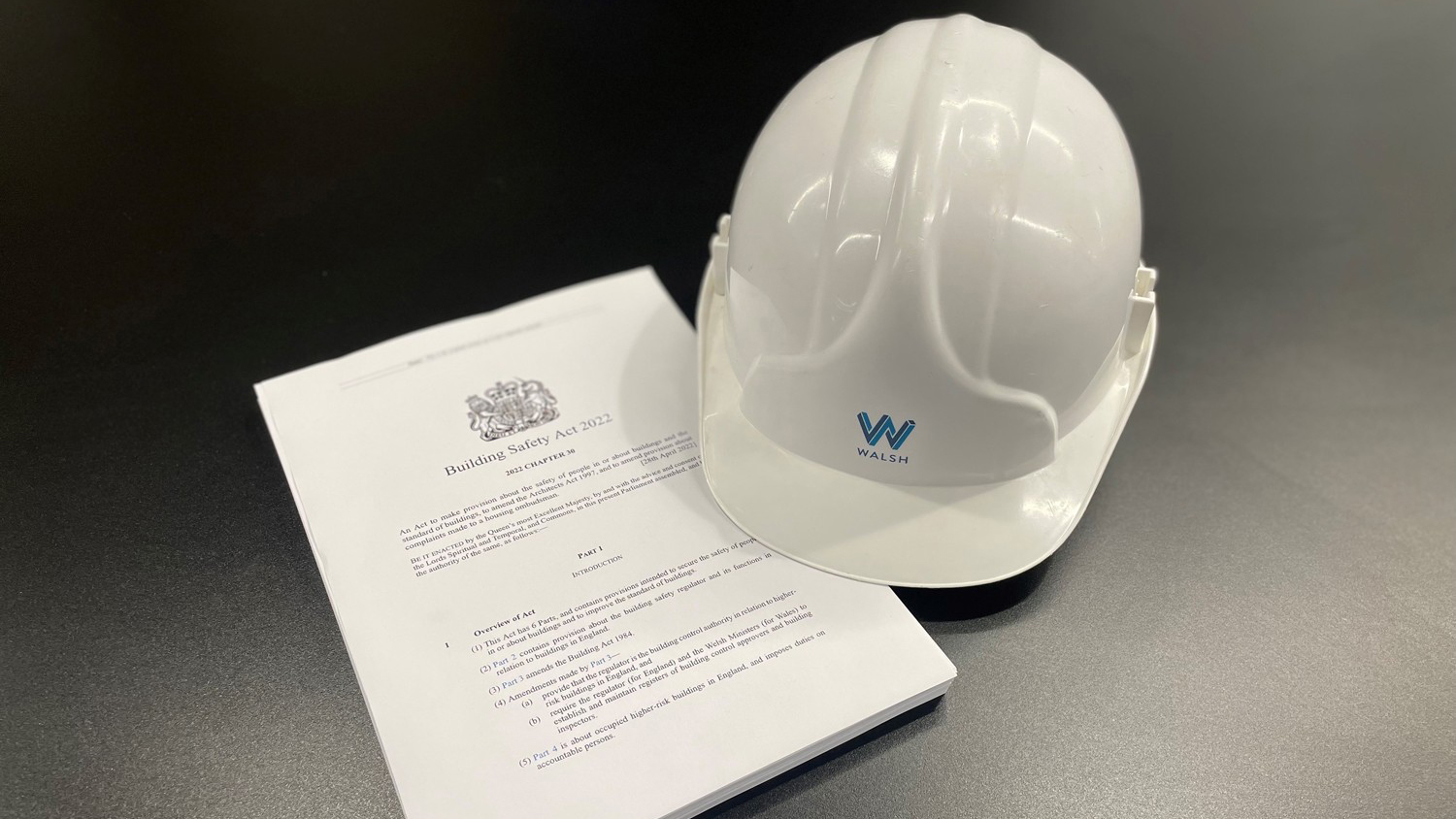We understand that our Healthcare based clients have unique and individual needs that must be paid thorough attention to at every stage of a project, from planning through to delivery. Due to our extensive experience; we are fully aware of the potential complexities that can come with projects of this nature. Healthcare projects have particular challenges that need to be addressed and understood. Evolving standards and practices mean buildings need to allow flexibility in design and use. There are many competing parties who have input in the briefing process, meaning change is often instigated throughout the design process and sometimes through construction. Our proactive approach to design development means that we are able to envisage change and incorporate it quickly into the ongoing design. We have demonstrated that we are able to balance the demands of robust, flexible structures with our company ethos of efficient,sustainable solutions. At the start of the project we will review the project specifics and discuss outcomes on how the design brief impacts the specific site constraints. We then propose a number of design solutions that satisfy the brief. Risk and opportunities will be presented to the client and design team to enable informed decision making based on buildability, cost and any further effect on the overall design. This is typically documented in our Stage 2 report, such that the agreements are recorded and there is no ambiguity going forwards.
Lean design delivers significant savings on time and [...]
Read More
Significant financial and carbon savings on hospital [...]
Read More
We worked alongside NHS Grampian and Robertson Construction to develop a New Emergency Care Centre for Aberdeen [...]
Read More
Structural scheme designed for future-proof [...]
Read More
Designing sustainable mixed-use buildings using [...]
Read More
Optimising the design approach for a public healthcare [...]
Read More
Flexible pour sequences of complex transfer structures enable architects [...]
Read More

12 July 2023
Sustainability is in our DNA and we have our own ambitious goals to achieve Net Zero as a business and with our designs. With innovative in-house monitoring tools, Walsh clients have seen on average reductions of 10-20% total embodied carbon, with some of our flagship work achieving 60-70% reductions compared with baseline figures.